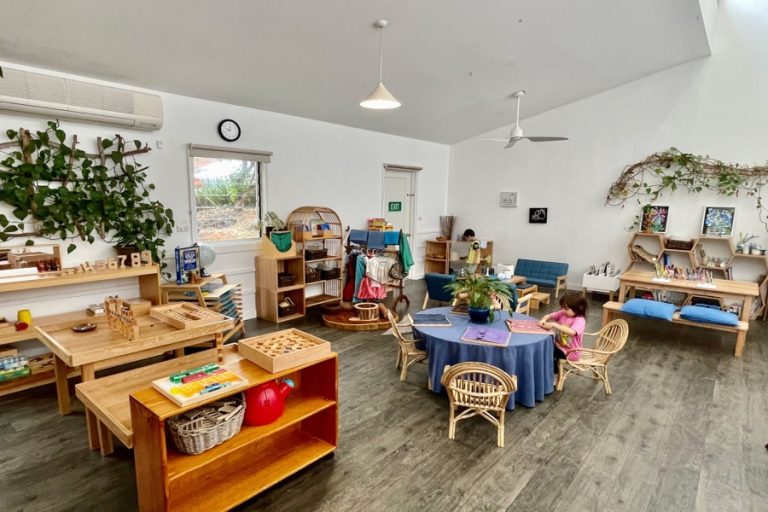AC Installation: What You Should Know Before the Summer Heat Hits
As temperatures begin to rise and summer approaches, preparing your home for the heat becomes a priority. One of the most important upgrades you can make is a proper AC installation. Whether you’re replacing an old unit or installing air conditioning for the first time, understanding the key elements of the process can save you time, money, and stress—and ensure your home stays cool and comfortable when it matters most.
Why You Shouldn’t Wait Until Summer
Many homeowners wait until the hottest days to install or replace their AC system, but that usually leads to longer wait times, limited availability, and higher costs. Scheduling your AC installation during spring ensures faster service and better deals—plus it gives you peace of mind knowing your home will be ready for the summer heat. An early ac installation Dallas service not only secures optimal appointment times but also lets you take advantage of seasonal promotions before peak demand sets in.
Compare the Main Types of AC Systems
When choosing the best system for your home, it’s important to understand the differences between the most common options:
1. Central Air Conditioning Systems
- Best for: Large homes with existing ductwork.
- SEER Rating Range: 13–21+
- Lifespan: 12–15 years (with regular maintenance)
- Noise Level: Typically 55–70 decibels
- Air Quality: Often includes whole-home filtration systems
- Pros: Even cooling throughout the home, can be combined with heating
- Cons: Higher installation cost, requires ductwork in good condition
2. Ductless Mini-Split Systems
- Best for: Homes without ducts, additions, or zoned cooling needs
- SEER Rating Range: 16–30+
- Lifespan: 15–20 years
- Noise Level: Indoor units: 19–35 decibels; outdoor units: 50–60 dB
- Air Quality: Comes with built-in multi-stage filtration
- Pros: Highly energy-efficient, zonal control, quieter operation
- Cons: Higher upfront cost per room, visible indoor units
3. Window and Portable AC Units
- Best for: Apartments or temporary cooling needs
- SEER Equivalent (EER): 8–12
- Lifespan: 5–10 years
- Noise Level: 60–80 decibels
- Air Quality: Basic filtration; less effective
- Pros: Affordable and easy to install
- Cons: Noisy, limited capacity, higher energy consumption
Energy Efficiency and Long-Term Savings
Energy efficiency is a key factor in both comfort and cost. A unit with a high SEER rating will consume less electricity, especially during long cooling cycles. Modern inverter-based mini-split systems adjust their output in real time, helping save up to 30–50% on energy bills compared to traditional fixed-speed units.
Other factors influencing efficiency:
- Proper sizing: Avoids over- or under-cooling
- Ductwork condition: Poorly sealed ducts can waste 20–30% of energy
- Insulation and window quality: Better insulation reduces AC load
Air Quality Considerations
Clean, cool air is just as important as temperature control. Look for systems with:
- HEPA or multi-stage filters: Capture dust, pollen, and allergens
- Humidity control features: Prevent mold and improve comfort
- UV purification options: Kill bacteria and viruses inside the unit
Mini-split systems often outperform central AC in filtration and humidity control, especially when equipped with advanced filters.
Noise Levels: Comfort Isn’t Just About Temperature
Noise can be a major factor, especially in bedrooms or small living spaces. Here’s how they compare:
| System Type | Indoor Noise (dB) | Outdoor Noise (dB) |
| Central AC | 45–60 | 65–70 |
| Ductless Mini-Split | 19–35 | 50–60 |
| Window Unit | 60–80 | N/A |
Ductless systems are noticeably quieter both inside and out, making them ideal for bedrooms or home offices.
Lifespan and Durability
Investing in a quality system pays off in the long term:
- Central AC: 12–15 years, but may require duct maintenance
- Ductless Systems: 15–20 years, with fewer moving parts to fail
- Window Units: 5–10 years, typically replaced more often
Choose systems with robust warranties (10+ years on compressors) and schedule regular maintenance to extend system life. In San Jose, partnering with a reliable ac installation San Jose provider ensures proper installation and ongoing support.
Additional Factors to Consider
- Smart Thermostats: Allow remote control and energy monitoring
- Zoned Cooling: Mini-splits offer room-by-room control for more precision
- Aesthetics: Central AC is invisible; mini-splits are wall-mounted
- Budget: Initial cost vs. long-term efficiency should be balanced
Conclusion
A successful AC installation isn’t just about keeping cool—it’s about choosing a system that matches your home, your lifestyle, and your long-term goals. From understanding SEER ratings to considering noise levels and filtration options, a thoughtful approach will help you stay comfortable and efficient all summer long—and for years to come.







